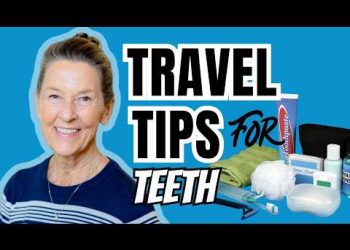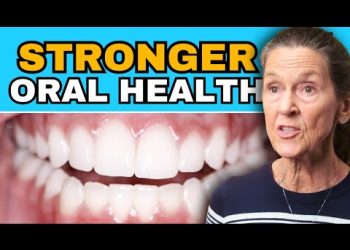Introduction to Oral Hygiene Routines
Keeping a healthy oral hygiene routine is essential for maintaining overall health and wellness. A well-rounded oral care regimen not only ensures fresh breath and gleaming teeth but also prevents the buildup of bacteria and plaque that can lead to more serious dental issues. This guide will cover the steps to set up a comprehensive oral hygiene routine that aligns with your daily schedule.
The Ideal Times to Brush Your Teeth
Brushing your teeth is the cornerstone of any good oral hygiene routine. The optimal times to brush are in the morning before eating or drinking and right before going to bed at night. This routine helps remove plaque and bacteria that accumulate overnight and throughout the day.
The Correct Time to Floss
Many people floss after brushing, but the best time to floss is actually before you brush your teeth. Flossing removes food particles and plaque from between your teeth, allowing the fluoridated toothpaste to cover all areas of your teeth more effectively.
When to Use Mouthwash
Contrary to popular belief, mouthwash should be used before brushing your teeth. Using mouthwash first helps to loosen plaque and bacteria, allowing your toothpaste to work more efficiently. Plus, this technique ensures that the protective fluoride coating from your toothpaste remains undisturbed.
The Role of Oil Pulling
Oil pulling is an alternative oral health method that involves swishing oil, typically coconut oil, around in your mouth. If you choose to practice oil pulling, it’s most effective when done before brushing and using mouthwash, but after flossing.
The Importance of Tongue Scraping
Tongue scraping is an often overlooked step yet it plays a crucial role in removing bacteria from your mouth. It should be the first thing in your routine. By doing it first thing in the morning, you remove the bacteria and toxins that have built up overnight.
The Use of Water Picks
For those who prefer a water pick over traditional flossing, it should similarly be used before brushing and mouthwash, but right after flossing. The water pick helps remove particles and plaque from between the teeth and below the gumline, preparing your teeth for brushing.
Creating Your Personal Oral Hygiene Routine
With these steps laid out, you can now assemble a personal oral hygiene routine. Start with tongue scraping, then move on to flossing or using a water pick, followed by oil pulling. Use mouthwash next, and finally brush your teeth. Making this sequence a habit can drastically improve your oral health.
Benefits of a Good Oral Hygiene Routine
Following a structured oral hygiene routine not only helps in maintaining white teeth and fresh breath but also significantly reduces the risk of oral diseases such as cavities, gum disease, and even bad breath. Regular practice of this routine can contribute to better overall health.
Conclusion
Establishing a thorough oral hygiene routine requires commitment and consistency. By understanding the appropriate order and timing for each step, you ensure maximum effectiveness in maintaining your oral health. Remember, the keys to success are discipline and daily practice.











